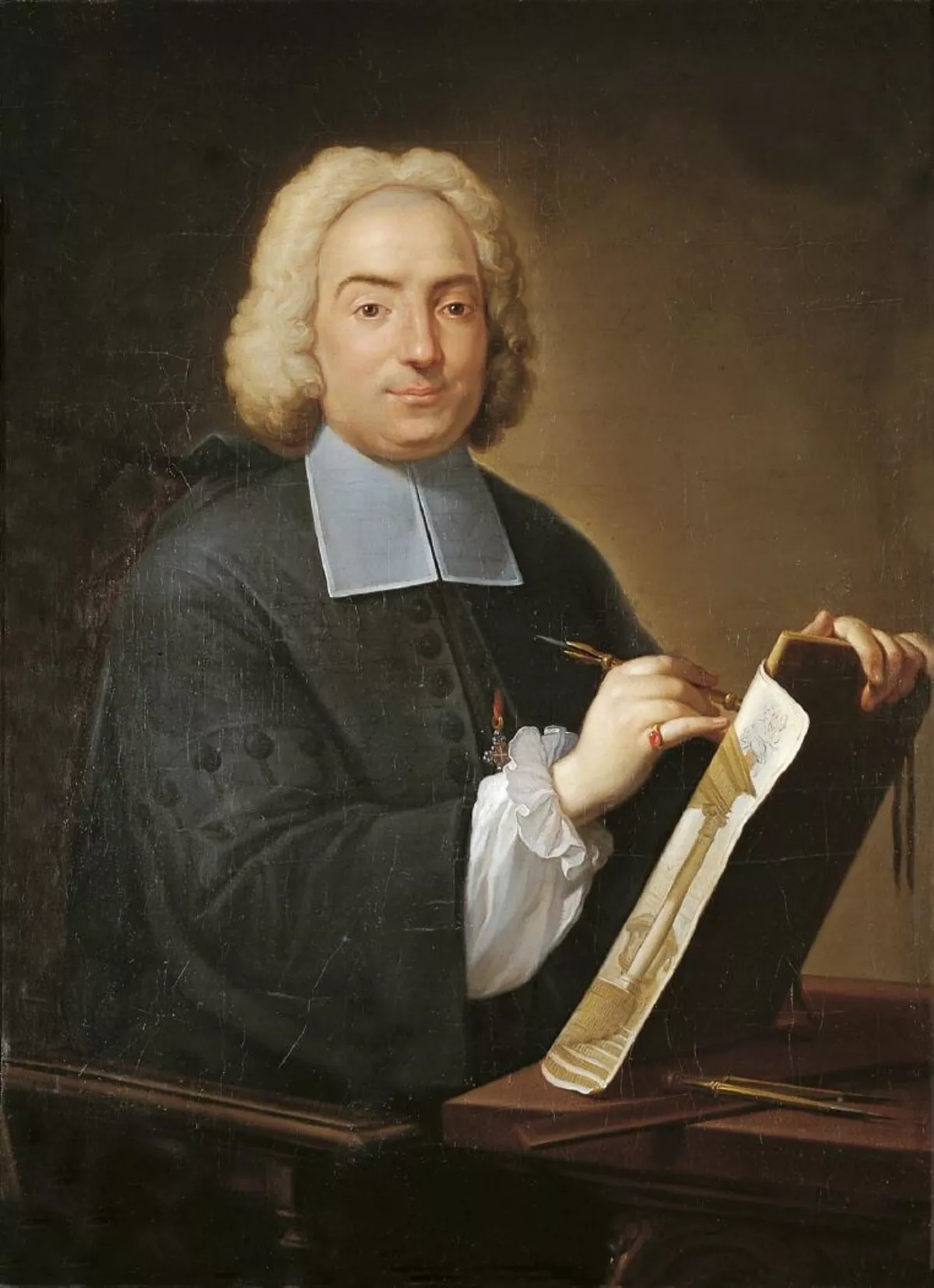 1.
1. Filippo Juvarra was an Italian architect, scenographer, engraver and goldsmith.

 1.
1. Filippo Juvarra was an Italian architect, scenographer, engraver and goldsmith.
Filippo Juvarra was active in a late-Baroque architecture style, working primarily in Italy, Spain, and Portugal.
Filippo Juvarra spent his formative years with his family in Sicily, working in the family shop, but studied for the priesthood, to which he was ordained in 1703.
Filippo Juvarra's set designs incorporate the scena per angolo, literally 'scenes at an angle.
Filippo Juvarra assisted in the rebuilding of the Cardinal's private theatre in the Palazzo della Cancelleria and designed sets for operas performed within the theatre.
The first opera for which Filippo Juvarra designed all the sets was Costantino Pio, with libretto by Cardinal Ottoboni and music by CF Pollarolli.
Filippo Juvarra worked on set designs for performances sponsored by Ottoboni at the Teatro Capranica.
In 1706 Filippo Juvarra won a contest for the new sacristy at the St Peter's, organized by Pope Clement XI, and became a member of the prestigious Accademia di San Luca.
Filippo Juvarra was an engraver: his book of engravings of sculpted coats-of-arms appeared in 1711, Raccolta di varie targhe fatte da professori primarii di Roma.
Filippo Juvarra was engaged in some projects in Lombardy, including a monumental altar for the Sanctuary Church of Caravaggio, and the altar for the Bergamo Cathedral.
Filippo Juvarra designed the decorative belltower for the cathedral of Belluno.
In 1714, Filippo Juvarra began to design the architectural works for which he is best known, when he was recruited to Piedmont where Victor Amadeus II of Savoy first employed him in a scenographic project, then elevated Filippo Juvarra to the position of chief court architect.
In Turin, Juvarra designed the facade of the church of Santa Cristina, the church of San Filippo, the church of Santa Croce, the Basilica della Nativita, and the chapel of San Giuseppe in the church of Santa Teresa.
Filippo Juvarra designed and built the church of the Blessed Virgin of the Carmine, where the space is concentrated around the central hall with the scenographic effect of light falling from above.
Filippo Juvarra helped decorate the interior of many churches in Turin.
Filippo Juvarra built other churches, including the bizarre, Borrominesque church of San Gregorio in Messina, Sicily.
Filippo Juvarra fulfilled the needs of his patron for classical grandeur, but with the baroque urge to decorate, to construct buildings as if they were made with curling ribbons.
Filippo Juvarra received a commission to restore and refurbish the massive palace complex of the Savoy monarchy at Venaria Reale, called the Reggia di Venaria Reale, and its church of Sant'Uberto.
Filippo Juvarra designed the Royal Gate of the Sanctuary of Oropa, near Biella.
Filippo Juvarra built the third enlargement of Turin to the west according to the orthogonal system introduced by Ascanio Vitozzi and Carlo di Castellamonte: the project included construction of Palazzo Martini di Cigala and of the Quartieri Militari.
Filippo Juvarra created designs for updating the Castle of Rivoli.
The Neapolitan Corrado Giaquinto was among the artists that Filippo Juvarra invited to help decorate palaces, such as the Villa della Regina in Turin.
Filippo Juvarra additionally executed designs for the facade of the Royal Palace of La Granja de San Ildefonso and for some portions of Royal Palace of Aranjuez.
Filippo Juvarra was likely influenced by the works of Guarino Guarini.
Baroque architects strongly influenced by Filippo Juvarra include Bernardo Vittone and Benedetto Alfieri.